I believe this artificial intelligence is going to be our partner. If we misuse it, it will be a risk. If we use it right, it can be our partner. Masayoshi Son
As promised previously, I will break down AI for parents and teachers to explain it all to our children.
There is an existing old joke that STEM folks make about AI; they call it all the cool things that computers can’t do. There is an element of truth in this definition. Over five decades ago, searching and planning automatically methods was considered to be the domain of AI.
This is now common place, all computer science students are taught this. A huge part of the confusion that exists about AI is due to the presentation of AI present in the myriads of Science Fiction literary and cinematic collection.
In SciFi tales; it is either centered around beings who have human characteristics but are machines created by humans who like Pinocchio desire to be human or have malevolent motives and turn against their
masters.
The properties that are characteristic to AI; autonomy and adaptivity. Autonomy means the ability to carry out tasks in complicated environments without nonstop supervision by a user.
Adaptivity is the aptitude to improve performance by learning from experience.
In discussing AI, refer to AI as a countable noun: one AI, two AIs, and so on. This is because AI is a scientific field of study, like mathematics or biology. This means that AI is an assortment of concepts, problems, and methods for solving them.
Due to this classification depicting AI as a discipline, you ought not to say “an AI“, just like we don’t say “a biology“.
Three applications of AI that convey the scope of AI are discussed below.
Self-driving cars
Self-driving cars require a consolidation of AI procedures of multiple sorts: search and planning to find the easiest route from A to B, computer perception to identify difficulties, and form resolutions under ambiguity to cope with a constantly evolving environment.
These have to work in almost flawless precision in order to avoid causing accidents.
These same technology is also used in other uncontrolled systems such as delivery robots,
flying drones, and autonomous ships.
Content suggestion
A huge amount of what we read online is personalized.
A great example of this is Facebook, Twitter, Instagram, and other social media content; online advertisements; the music recommendations on Pandora or Spotify; movie recommendations on Netflix, and other streaming services. Majority of the online publishers such as newspapers’ and broadcasting companies’ websites utilize this. Search engines such as Google also personalize their content. An example of this is the fact that the frontpage of the printed version of the New York Times or China Daily is the same for their readers, the frontpage of the online version is totally different for the various geographical readers. Their varying algorithms determine the content that is displayed.
Face recognition and image alterations
Face recognition is already an important element in many customer, business, and government applications like organizing your pictures with respect to who is on them, automatic tagging on social media, and passport control.
AI could also be used to create or alter visual content. We already see this with style transfer, in which you conform your pictures to look like they were painted by famous artists, or computer generated characters in motion pictures such as Avengers and popular animations like Frozen where the animated characters replicate gestures made by real human actors.
I hope this exposition has helped bridge the gap in understanding a lot better what AI entails.
Now that we understand it a lot better with its implications for the future; I want to remind us that we have to begin to educate our African students at an early age about how to not just be consumers of AI, but creators.
Currently majority of the STEM programs focus on coding and robotics, it should go beyond that. African K-12 education needs to adopt tools and curricula that demonstrate the entirety of AI concepts in order to truly prepare students for 21st-century college and career success. These concepts are visual recognition, landmark-based navigation, object manipulation, facial recognition and expressions, speech generation, and speech recognition.
Educators need to let go of their fear and obstacles such as time, cost, and intimidation, which stops them from trying out new ideas.
STEM through the use of project-based learning helps students attain a deeper knowledge of AI’s critical concepts such as the infusion of real-world challenges and ccollaborative -based problem-solving, dwelling upon 21st-century skills needed for success in a dynamic world, such as collaboration, problem-solving, critical thinking and global citizenship.
Our goals should be working on changing our educational landscape , ensuring that AI plays a more prominent role in our K-12 curricula.
Adetola Salau; Global Educator / International Speaker / Author/ Social Entrepreneur/ Innovative Thinker/Future Readiness Advocate/ STEM Certified Trainer
She is an Advocate of STEM Education and is Passionate about Education reform. She is an innovative thinker and strives for our society & continent as a whole to reclaim it’s greatness.
facebook-: Carisma4u
twitter-: @Carisma4u

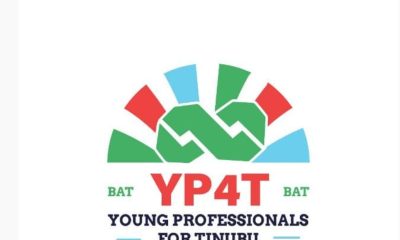



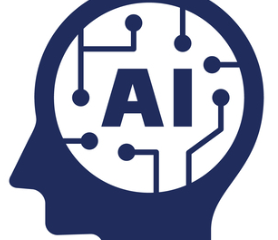

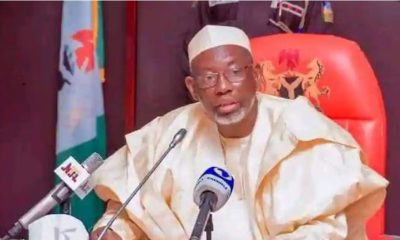

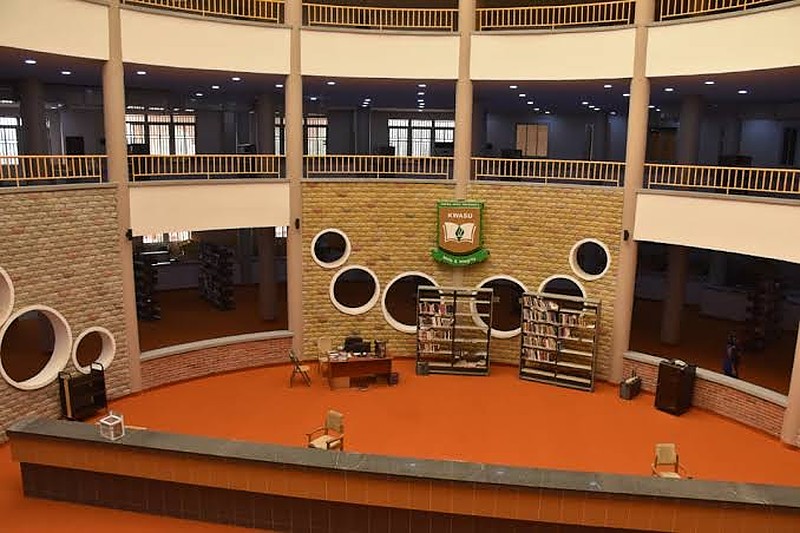



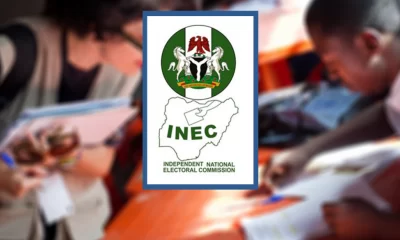
 Uncategorized7 days ago
Uncategorized7 days ago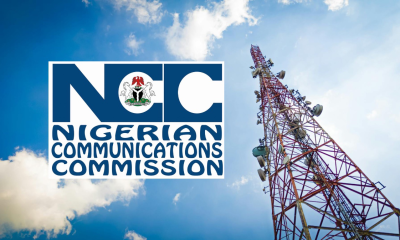
 Business1 week ago
Business1 week ago
 Business6 days ago
Business6 days ago
 Politics3 days ago
Politics3 days ago
 News3 days ago
News3 days ago
 Crime5 days ago
Crime5 days ago
 Latest5 days ago
Latest5 days ago
 Business5 days ago
Business5 days ago
